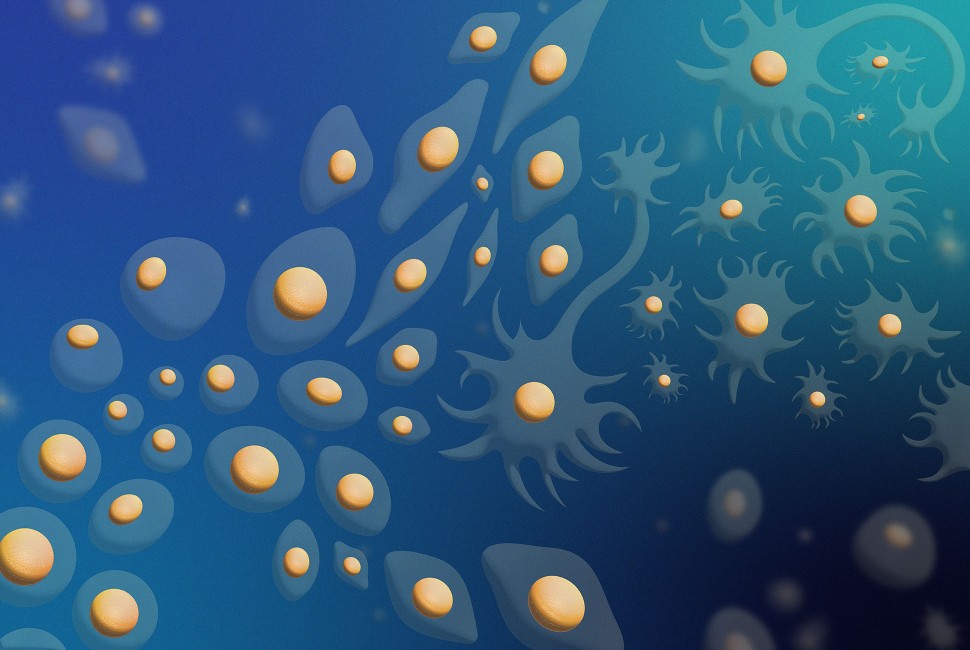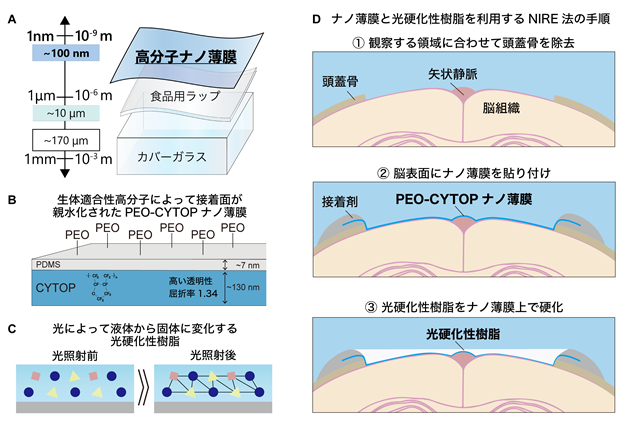2024-03-04 ノースウェスタン大学

Cells change shape and function when reprogrammed in response to the exogenous alteration of expression of a handful key genes identified by the computational approach. Credit: Ellie Mejía
<関連情報>
- https://news.northwestern.edu/stories/2024/03/transfer-learning-paves-the-way-for-new-disease-treatments/
- https://www.pnas.org/doi/10.1073/pnas.2312942121
機能的転写ネットワークの転移学習による細胞初期化デザイン Cell reprogramming design by transfer learning of functional transcriptional networks
Thomas P. Wytock and Adilson E. Motter
Proceedings of the National Academy of Sciences Published:March 4, 2024
DOI:https://doi.org/10.1073/pnas.2312942121
Significance
The lack of genome-wide mathematical models for the gene regulatory network complicates the application of control theory to manipulate cell behavior in humans. We address this challenge by developing a transfer learning approach that leverages genome-wide transcriptomic profiles to characterize cell type attractors and perturbation responses. These responses are used to predict a combinatorial perturbation that minimizes the transcriptional difference between an initial and target cell type, bringing the regulatory network to the target cell type basin of attraction. We anticipate that this approach will enable the rapid identification of potential targets for treatment of complex diseases, while also providing insight into how the dynamics of gene regulatory networks affect phenotype.
Abstract
Recent developments in synthetic biology, next-generation sequencing, and machine learning provide an unprecedented opportunity to rationally design new disease treatments based on measured responses to gene perturbations and drugs to reprogram cells. The main challenges to seizing this opportunity are the incomplete knowledge of the cellular network and the combinatorial explosion of possible interventions, both of which are insurmountable by experiments. To address these challenges, we develop a transfer learning approach to control cell behavior that is pre-trained on transcriptomic data associated with human cell fates, thereby generating a model of the network dynamics that can be transferred to specific reprogramming goals. The approach combines transcriptional responses to gene perturbations to minimize the difference between a given pair of initial and target transcriptional states. We demonstrate our approach’s versatility by applying it to a microarray dataset comprising >9,000 microarrays across 54 cell types and 227 unique perturbations, and an RNASeq dataset consisting of >10,000 sequencing runs across 36 cell types and 138 perturbations. Our approach reproduces known reprogramming protocols with an AUROC of 0.91 while innovating over existing methods by pre-training an adaptable model that can be tailored to specific reprogramming transitions. We show that the number of gene perturbations required to steer from one fate to another increases with decreasing developmental relatedness and that fewer genes are needed to progress along developmental paths than to regress. These findings establish a proof-of-concept for our approach to computationally design control strategies and provide insights into how gene regulatory networks govern phenotype.


